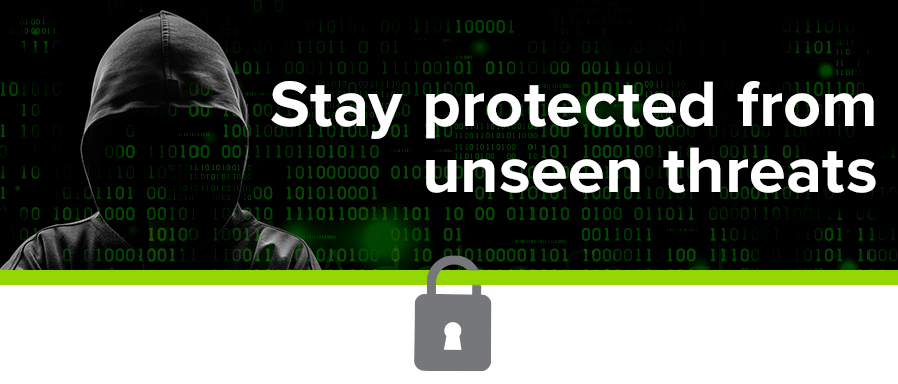Stay Safe from Card Fraud
Shawn Blymiller,
Aug 13, 2019

September is Identify Fraud Awareness Month and Leaderpromos is here with helpful information about card-based ID fraud and some tips to help you protect yourself.
Card fraud in the U.S. is a bit of a good-news-bad-news situation. The good news is that financial institutions are more vigilant than ever in taking steps to avoid and identify fraudulent activity. It’s estimated that if a bank identifies a compromised ATM, that within two to four hours they can cancel/lock the effected cards and reset pins, resulting in an 80% reduction in fraud from the stolen information.
Unfortunately, the bad news is that other types of fraud remain constant or on the rise. For example, ATM fraud rose 10% between 2016 and 2017, and gas station skimming has been steadily increasing with an expected upward trend. It is estimated that just a single compromised gas pump can capture between 30-100 cards daily.
While this may sound like doom and gloom, there are steps you can take to avoid having your information stolen:
• Pay with cash or use the card reader inside at fuel stations, when possible.
• Use the ATMs inside of banks rather than outside units.
• Store your cards inside products that have RFID blocking liners.
• Turn on notifications for all your credit/debit cards, so you are aware of any activity.
• Avoid using apps or websites that contain your personal or financial information while on public WiFi.
• Do not provide personal or financial information in response to a suspicious email, especially those claiming to be unpaid bills, invoices, or charges for a service you did not request.
• Contact your financial institution immediately if you notice any suspicious account activity.
Statistical information contained in this blog post was cited via Rippleshot’s 2018 State of Card Fraud report. Rippleshot. (2019). State of Card Fraud: 2018. https://www.aba.com/Products/Endorsed/Documents/Rippleshot-State-of-Card-Fraud.pdf


